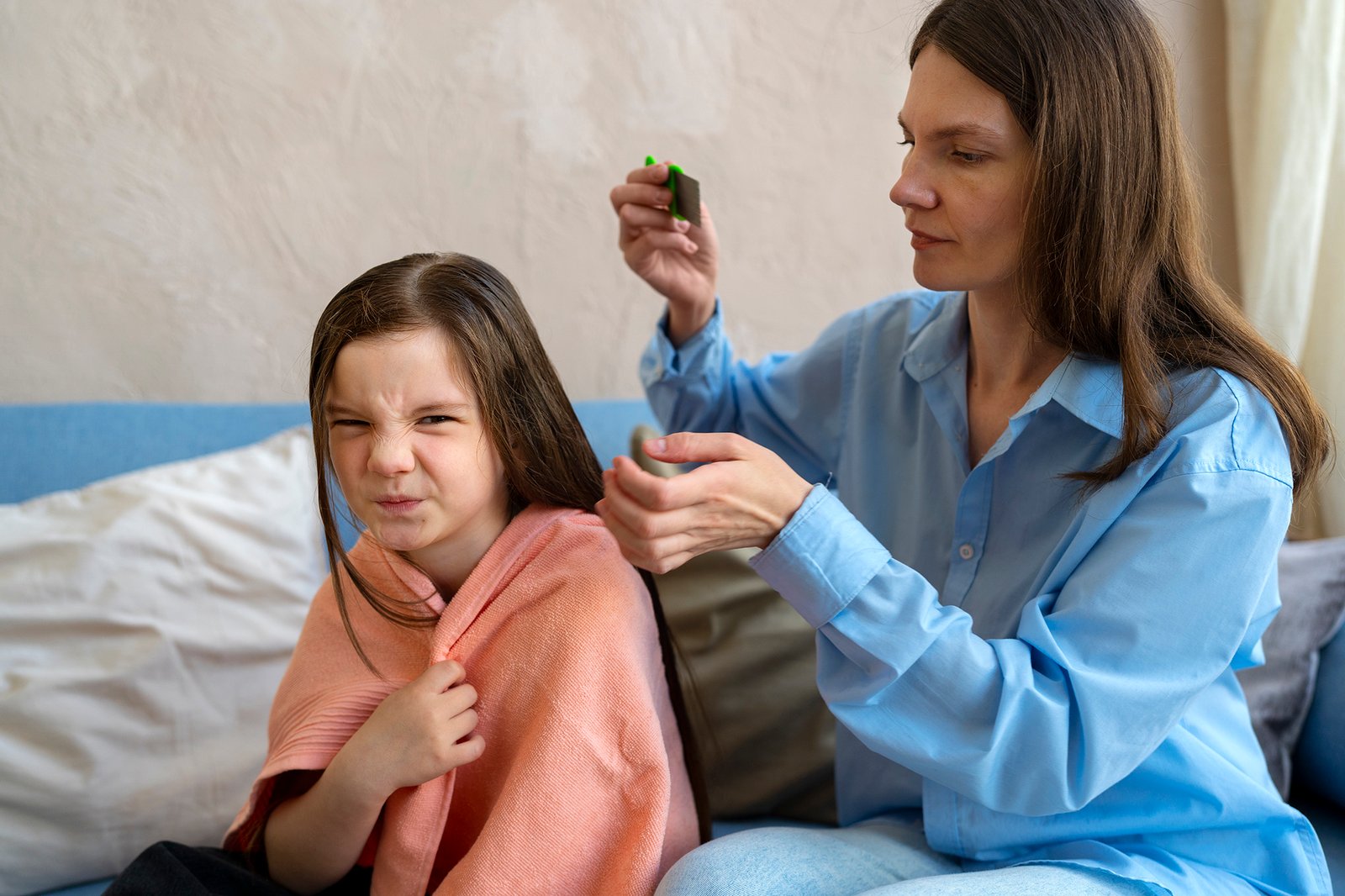What are Elimination Disorders?
Elimination disorders are conditions in children characterized by difficulties with urination and defecation. While it’s normal for young children to experience occasional “accidents,” a diagnosis of elimination disorder may be considered when these behaviors persist for more than three months, especially in children older than five.
Types of Elimination Disorders
Elimination disorders are primarily classified into two categories:
- Enuresis: Commonly known as bedwetting, enuresis involves the involuntary release of urine. This can occur during sleep (nocturnal enuresis) or while awake (diurnal enuresis).
- Nocturnal enuresis: Urine is released during nighttime sleep.
- Diurnal enuresis: Urinary incontinence occurs while the child is awake, often when there is an increased urge to urinate or pressure on the abdomen.
- Encopresis: This condition involves the involuntary passing of stool in inappropriate locations (e.g., clothing) and is diagnosed in children aged four and older. Encopresis can be:
- Constipation-related encopresis: Occurs when hard, painful stool leads to avoidance of bowel movements, causing further leakage of softer stool.
- Non-retentive fecal incontinence: Involves soiling without signs of constipation.
Signs and Symptoms of Elimination Disorders
Enuresis Symptoms:
- Frequent bedwetting episodes after a period of dryness (primary enuresis)
- Bedwetting recurring after at least six months of being dry (secondary enuresis)
- Involuntary urination must occur frequently for at least two weeks over three months.
Encopresis Symptoms:
- Leakage of stool or liquid stool in underwear
- Hard or dry stool, leading to constipation
- Straining during bowel movements
- Avoidance of bowel movements
- Encopretic incidents lasting for at least three months
Causes of Elimination Disorders
Enuresis:
- No single cause has been identified, but various factors are associated with bedwetting:
- Constipation may put pressure on the bladder, increasing the urge to urinate.
- Deep sleep patterns can prevent the child from waking up when they need to urinate.
- Bladder maturation delays can affect urine retention capacity.
- Family history, stressors (like a new sibling or parental divorce), and socioeconomic factors can increase risk.
Encopresis:
- Often linked to constipation, which can result from a low-fiber diet and dehydration.
- Psychological stress, such as pressure during potty training, may also contribute.
- Risk factors include low socioeconomic status, fear of using unclean toilets, bullying, and anxiety related to school performance.
Treatment of Elimination Disorders
Enuresis Treatment:
- Non-Pharmaceutical Management:
- Bell and Pad Method: A sensor alerts the child when they wet the bed, encouraging them to wake up and use the toilet.
- Dry Bed Training: Combines the bell and pad method with behavior modification techniques.
- Nighttime Awakenings: Regularly waking the child to use the toilet at night.
- Fluid Restriction: Limiting fluid intake before bedtime.
- Bladder Training: Teaching the child to hold urine for longer periods.
- Motivational Therapy: Encouraging the child and parents before starting treatment.
- Pharmaceutical Management:
- Desmopressin: An anti-diuretic hormone that helps reduce urine production.
- Imipramine: A tricyclic antidepressant that can help relax the bladder.
Encopresis Treatment:
- Pediatricians may prescribe laxatives or enemas to manage stool consistency.
- Encouraging a high-fiber diet and increased fluid intake can alleviate constipation.
- Establishing regular bathroom routines, such as scheduling bathroom time after meals and positively reinforcing toilet use, can help foster better habits and reduce accidents.
Elimination disorders are manageable with appropriate interventions, and early treatment can significantly improve outcomes for affected children.
